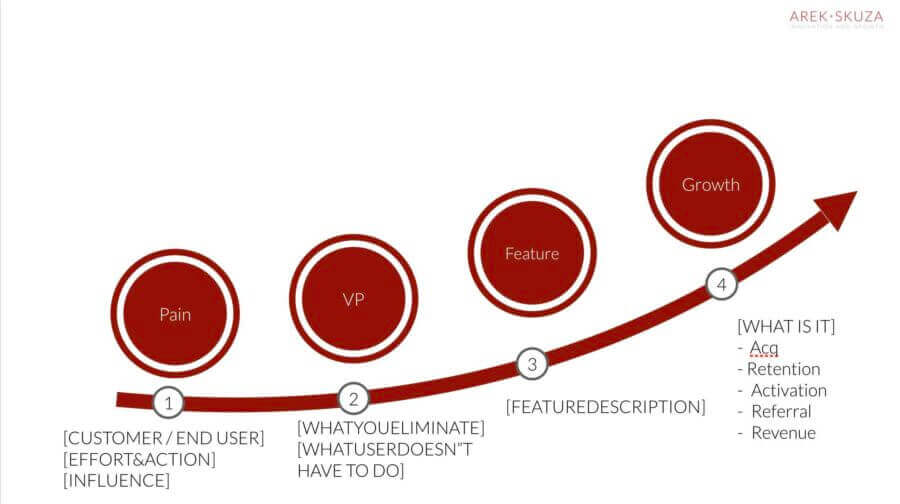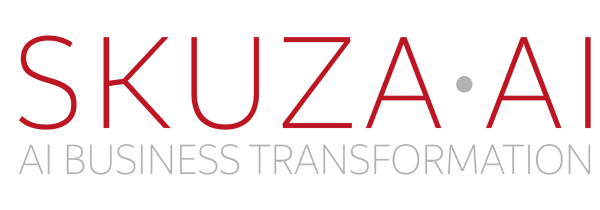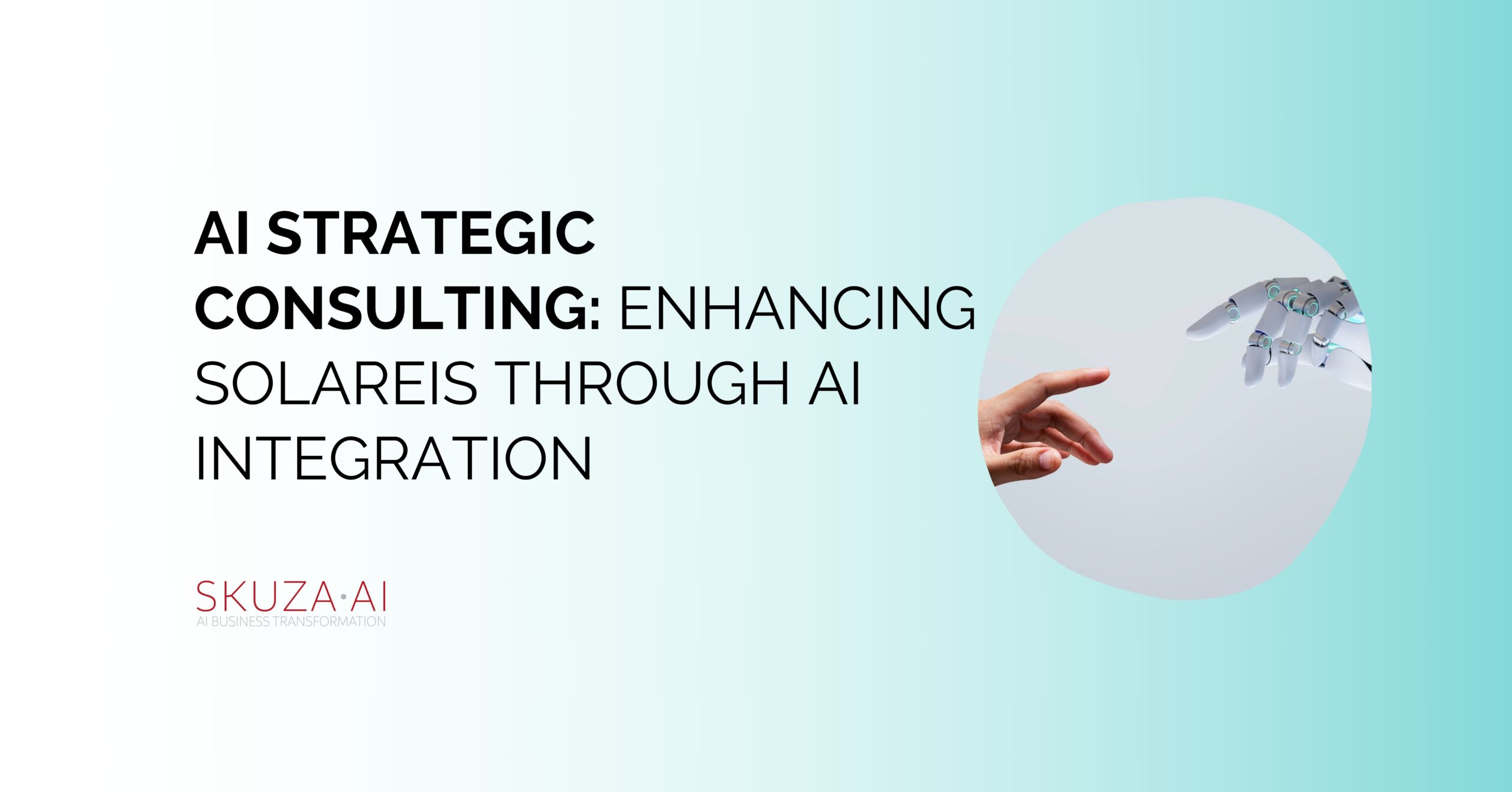Are you looking for elements that should be considered in your artificial intelligence-driven product roadmap?
This article will describe what specific components, which product managers need to consider while working on AI-powered products are.
Table of Contents
A. Introduction
— 1 What is a product roadmap (definition)?
B. How do you fit AI into the product roadmap?
— 1. Understand the customers need which AI can solve better than traditional methods
— 2. Formulate the hypothesis of the problem which are AI relevant
— 3. How to prepare the right data set for the product feature release?
— 4. Be aware of risks and challenges but don’t let them stop you from experimenting and iterating
— 5. Never stop iterating; otherwise, your algorithm will not season.
C. Conclusion
Artificial Intelligence (AI) has penetrated nearly every sphere of our lives. It is the hidden force suggesting the best deal on Amazon or what to watch on Netflix or how to use your Dell laptop. AI is like a wizard that behind the scenes automates our most manual tasks and makes our interaction with products more pleasant. Building a product powered by Artificial Intelligence requires a different approach.
A product roadmap is a strategic, graph, or any other form of document that maps out stages of a product’s development, including inputs and outputs, which is necessary for the product to provide value. The main objective of a product roadmap is to match a product’s vision with a company’s business objectives.
When you build or improve the product leveraging AI, you should consider several additional elements to be embedded into the roadmap. Here they are:
1. Understand the customers need which AI can solve better than traditional methods
Product managers must always first understand the problem (remove pain) that they want to solve for customers. Begin by avoiding the mistake made by many companies, startups, and product teams: don’t pick up Artificial Intelligence (machine learning, neural networks, and data science) as a solution and skip right to focusing on a significant problem to solve. Everything starts with the customer and the pains your product will remove for your clientele. AI is only as good as it can eliminate (automate pain removals) these problems more efficiently than classic engineering.
Since AI-powered products are about making decisions and delivering results (converting the input to output faster and smarter), I recommend you to start by mapping your customer pains and analyze how the process of the removal of the pain can be automated. Your product managers should catalog which decisions your customers need to execute manually (for instance, to search you need to type, speech recognition improves that process). Please don’t do it in-house, run experiments outside of your office, and talk to customers to find out what pains are the most oppressive.
Think also about decisions that are currently not being made by your target customers or pains which are not recognized by end-users. These studies will lead you towards a product-oriented understanding of your AI opportunity, and the opportunity will flow straight from customers, not your smartest engineers or senior-level executives. What I mean, they will be customer-centric not employees centric.
AI will indeed automate the most repetitive and physical tasks, and this is where its power is. If you find great pain, then define the functions which wipe out that pain for your customers, you will have a great set of tasks to automate by your artificial intelligence environment.
Please remember, Artificial Intelligence can’t automate everything. For instance, to analyze a selected market and write a 130-page report, a human can do manually, while an AI system to do market research and run an extended market report, find it impossible to deliver.
2. Formulate the hypothesis of the problem which are AI relevant
For each of the customer pains identified in the preceding step, formulate and document the hypothesis that will be tested. A hypothesis is a statement made with insufficient knowledge about a given customer pain that requires validation to be authenticated as true or false to such a degree where the AI team can continue their algorithms training and find the best solution (set of algorithms known as neural networks) to solve given customer pain.
In general, your hypothesis statement will hold the following components:
- A pain that you identified (f.i. end-user spend endless hours on scrolling mobile app results)
- The expected outcome (f.i. reduce the time which is required to be spent on the scrolling).
- Success metrics (f.i. in 15% less time and in 0.5% churn)
- Feature description (f.i. take a photo of the item and find products more precisely)
- The growth that AI-powered product or service should bring (f.i: Amazon Brick&Mortar Stores wants you to take a picture of the product to get a price (my post about it). It helps Amazon to acquire more users for AI-powered photo recognition feature.)
We believe that [building this feature] for these customers / end-users will achieve [remove the pain by automating the task]. We will know the product delivers value [success metrics].

3. How to prepare the right data set for the product feature release?
On average, 80% of the time that most teams spent in AI with ML projects is about getting and preparing data. Most of the time, fixing data means:
- Identify data that will be required for the project (f.i. you can crawl pictures of cars to train algorithms to recognize the car brands)
- Identify the availability of data and where the data can come from (f.i. you can build a strategic partnership and get the data from partners)
- Profiling the data
- Source the data
- Integrating the data
- Cleanse the data
- Prepare data for learning the algorithm
If you can’t build a data set to train algorithms, the project will fail. The reason for that is, you will not be able to automate the task, which will remove the customer’s pain. For instance, your marketing team will communicate, “You can now take a picture of apparel and quickly find it in our store.” Your AI-powered app will recognize pants, jeans, pajamas, shirts, skirts, but it will fail to recognize watches and purses. If you don’t have the data set for watches and handbags, you can’t recognize them — data influences what you can deliver, which influences marketing and sales in the given example.
Artificial intelligence-powered products or services cannot be created without clear, correct, and structured data. Here I prepared the three most common challenges in getting a good set of data:
- Data is managed in silos across different business units or departments — collected in multiple formats and stored across different types of databases. The difficulty is the absence of a single unified container from where this data can be obtained.
- Lack of categorization makes the data irrelevant for machine learning. If there are no patterns which an ML algorithm is supposed to learn from this data, there is no solution to be built; this is called unstructured data – a pile of data points with no explanation as to what they represent, or what they are matched to.
- Missing or incomplete data that don’t offer information available for all parameters in some cases while missing for specific parameters in other occurrences in the same data set. These inconsistencies result in faulty learning, which ultimately leads to failed solutions or inconsistent results.
AI-powered products require complete and clean datasets for practical learning. So, it is critical to draft the comprehensive range of data needed to create such a portfolio for the specific business case. If the company have this set ready, great, if not, it should take the time to harness, clean, and prepare the right datasets. There are many sources of data, including public APIs, strategic partnerships, or data purchases. The best companies release products, usually free of charge, to harvest data from end-users. One of the best examples is Google Map or the Kindle app.
4. Be aware of risks and challenges but don’t let them stop you from experimenting and iterating
AI products come with their own sets of risks and hurdles. You’ll need to address these risks head-on to execute the product roadmap:
- Be aware of the different types of bias that might impact your model. Here is an excellent set of biases cataloged by Google
- Be mindful that misguided changes in features or UI may result in significant backend ML engineering operation that may put the overall project at risk. Always make sure that the change you want to implement comes from users, real customers, or the community you ask for feedback. It should be customer-centric development because each change can influence your artificial intelligence environment vastly. For example, if you want to recognize British English, the accent of a question sent to the Alexa device can trigger a completely different result (outcome). You might think English is English, but the pronunciation can require developing a different set of algorithms for proper processing
- Be fully aware of the influence of any recommended changes and always leverage customers’ feedback.
- Collecting and analyzing too much user data without any measurable benefit can cause the user to abandon your product (increase churn). Provide value to your customers as early as possible before asking them for more to do. Buffer app wants you to schedule more and more social media updates, and it’s enough to get the data to improve their AI algorithms, you don’t need to invest extra effort.
- It helps if you have the proper security and privacy precautions in place any time your model includes or relies on personal data. Especially in Europe, where GDPR is strong and can bring sanctions to your business.
5. Never stop iterating
Once your team deploys the model continue to iterate and improve on it. Unfortunately, it never ends. Amazon wants you to take pictures of books in their physical Book Stores because each image trains the Amazon AI environment. They want you to “shop style” in the Amazon mobile app because each picture makes their algorithm smarter. Amazon constantly iterates. You should too.
I think from 60 – 80% of the work occurs after the first version of an AI-powered product (models) is shipped to production, meaning customers.
Without customers, you can’t make the algorithms smarter.
This work involves model improvements as well as adding new features into the model as more data becomes available, and product managers gather unique customer insight.
Conclusion
A product is a revenue or/and data channel for many businesses. Without a roadmap, it will eventually fail, no matter how mature the product is. This makes a product roadmap an irreplaceable tool for any product development team. Artificial Intelligence gives massively scalable solutions. Experimental in nature and time-consuming, AI products require clear goal definitions based on customers’ feedback and measures of success for evaluating the results that are expected from your ML models. Crafting and launching AI-powered products require the roadmap, which considers AI specifics.
WOULD YOU LIKE AREK TO WORK WITH YOUR ORGANIZATION?
If you are interested in working with Arek Skuza for a business project, workshop, speech or presentation, please fill out the form here.

